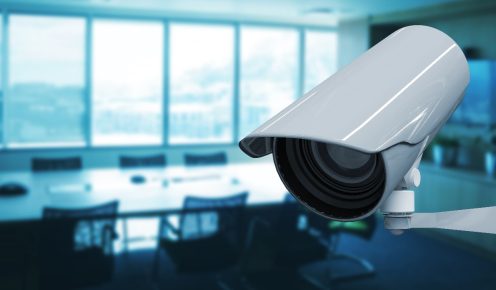Have you ever wondered if your eyes can adjust to wrong prescription glasses? Or if it’s even possible for them to do so? The answer is yes, and no. It depends on the individual, and there are certain factors that can affect how your eyes responds when wearing glasses with an incorrect prescription. In this blog post, we will explore the realities of wearing incorrect prescription glasses, and how our eyes may or may not be able to adjust to them over time. We will also discuss some ways to prevent damaging your vision while using glasses with the wrong prescription. Read on to find out more.
How the eyes work
The eyes are an amazing part of the human body, and they have the ability to adjust to a wide range of vision needs. However, if the eyes are not properly cared for, they can become strained and uncomfortable. Additionally, if a person regularly wears contacts or glasses that have the wrong prescription, the eyes can become used to seeing things differently than they actually are. This can eventually lead to permanent vision problems.
Read More : Sanpaku Eyes
The difference between nearsightedness and farsightedness
Nearsightedness, or myopia, is a refractive error in which light focuses in front of the retina instead of directly on it. This causes distant objects to appear blurry while close objects appear clear. Nearsightedness occurs when the eyeball is too long or when the cornea has too much curvature.
Farsightedness, or hyperopia, is a refractive error in which light focuses behind the retina instead of directly on it. This causes close objects to appear blurry while distant objects appear clear. Farsightedness occurs when the eyeball is too short or when the cornea has too little curvature.
How to tell if you have the wrong prescription
If you experience any of the following symptoms, you may have the wrong prescription:
-Blurry vision
-Headaches
-Eye strain
-Nausea
-Difficulty reading or seeing objects close up or far away
If you’ve been wearing glasses or contact lenses for a while, it’s easy to tell if your prescription has changed. But how can you tell if you’ve been prescribed the wrong strength? Here are a few signs to look out for:
-Your vision is still blurry after a week or two of wearing your new glasses or contacts.
-You find yourself taking them off more often than usual, or they feel uncomfortable to wear.
-You get headaches more frequently, or your eyes feel strained after wearing them for long periods of time.
If you notice any of these signs, it’s best to see an eye doctor as soon as possible. They’ll be able to determine whether your current prescription is correct, and make any necessary adjustments.
What happens if you wear the wrong prescription for too long
If you wear the wrong prescription for too long, your eyes can become permanently damaged. Depending on the severity of your myopia, astigmatism, or hyperopia, you could experience a range of different symptoms. These include headaches, eye fatigue, blurry vision, and trouble seeing at night. If you don’t correct your vision with glasses or contact lenses, you could end up losing your sight altogether.
If you wear the wrong prescription for too long, your eyes will adjust to the point where they are no longer able to properly focus. This can lead to a number of problems, including headaches, eye fatigue, and difficulty reading. In some cases, it can even cause permanent damage to your vision. If you think you may be wearing the wrong prescription, it’s important to see an eye doctor as soon as possible.
Read More : Sanpaku Eyes
How to get the right prescription
Assuming you are referring to corrective eyewear, there are a few ways to ensure you get the right prescription.
If you already wear glasses or contacts, the best way to get an accurate prescription is to visit an optometrist or ophthalmologist for a comprehensive eye exam. This professional will be able to measure your eyes and prescribe the appropriate corrective lenses.
If you have never worn corrective lenses before, it is still best to visit an eye doctor for an exam. However, there are some online tools that can help you estimate your prescription. These tools usually involve taking a short vision test and inputting information about your current vision into an online calculator. While not as accurate as a professional exam, these tools can give you a general idea of the type of corrective lenses you may need.
Once you have your prescription, you can shop around for glasses or contacts that fit your style and budget. If you’re not sure where to start, many optometrists and ophthalmologists offer on-site optical shops with a variety of options to choose from.
Conclusion
All in all, it is not recommended to wear glasses that have incorrect prescriptions as your eyes may try to adjust, but it will lead to further vision problems. Wearing the wrong prescription can cause eyestrain and headaches that are preventable with a proper eye exam. It is important to ensure you get the correct prescription for your eyeglasses in order to have clear vision and avoid any unnecessary risks associated with wearing lenses that are inappropriate for your needs.














